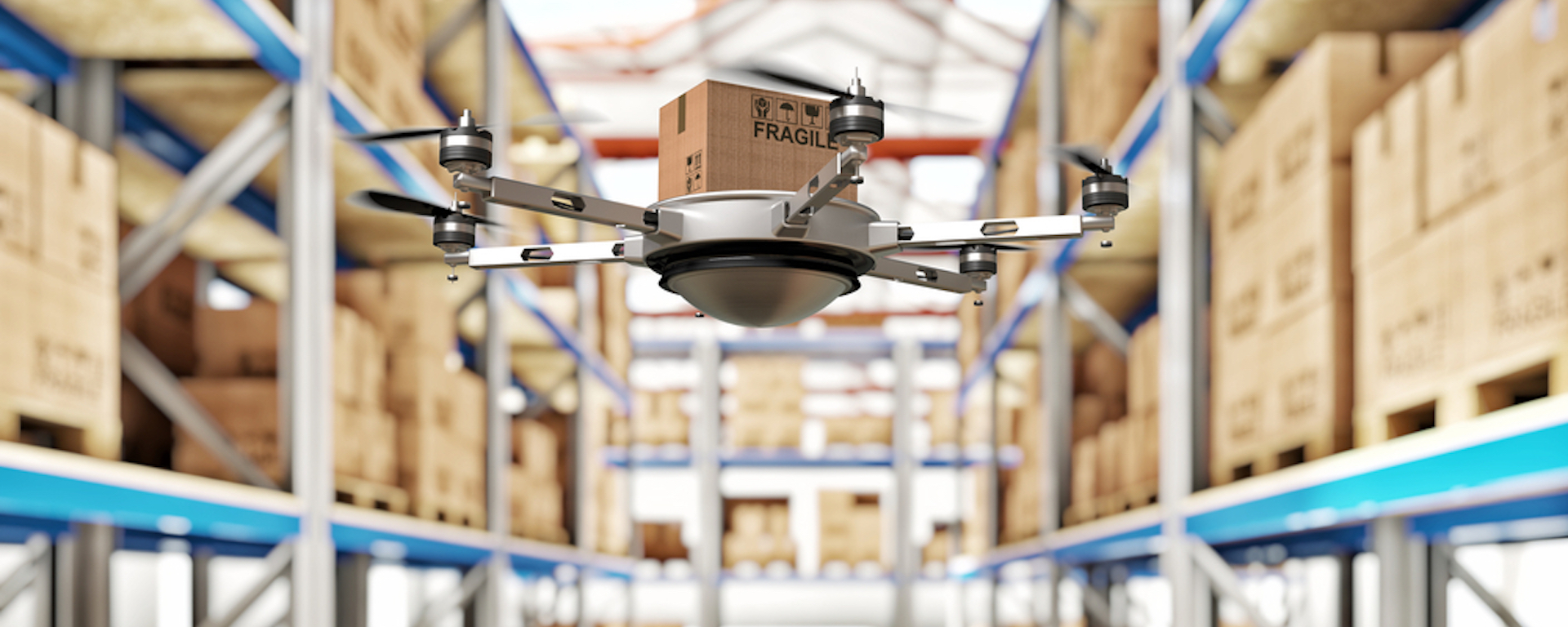As part of an effort to enhance its digital initiatives, Walmart is testing the use of drones to take inventory at its distribution centers. It’s one of a number of strategies the company is using to better compete with Amazon in e-commerce, which is growing at more than six times the pace of brick-and-mortar retail.
Walmart remains the world’s largest retailer, with more than $400 billion in annual sales, but it is looking to expand its market share in e-commerce. According to the U.S. Department of Commerce, online sales accounted for less than 8 percent of all retail sales in the first quarter of 2016, yet e-commerce is growing at a rate of 15 percent, compared to about 2 percent for overall retail.
Retailers Must Meet Growing Demand for Online Channels
According to a study by the Center for Supply Chain Innovation at Auburn University, 45 percent of retailers said they were challenged with demand planning for online channels. To meet store-based order fulfillment capabilities and fluctuating e-commerce demand, retailers are looking to more “pull-based” replenishment processes, which call for smaller stock levels, increasing the frequency of picking, shipments, split cases and warehouse activity. The report said that some executives were “building new distribution facilities with greater automation and improved layout” to better handle this operational approach.
Drones in the warehouse are one of the Walmart’s new digital initiatives to boost its online channel operations. The company offered a limited view into its concept at a demonstration before a crowd of executives and shareholders. The New York Times reported that a drone slowly cruised above a row of aisles and captured images of products with a custom-built camera. Walmart spokesperson Lorenzo Lopez remarked that drones would “potentially” allow the company to take stock with fewer workers, which would speed up distribution and improve efficiency by reducing logistical challenges.
During the six- to nine-month testing period, Walmart will consider in which of its 190 distribution centers it will deploy drones. “We are still in early phases of testing and understanding how drones can be better used in different types of business functions,” said Shekar Natarajan, vice president of last mile and emerging sciences, who demonstrated the use of the drones during a press conference at the regional distribution center.
Drones are just one part of Walmart’s new e-commerce strategy. As reported by the Wall Street Journal, the retailer is also testing a subscription-based, two-day shipping service to compete with Amazon Prime. Walmart also said on its blog that it is testing a “last-mile” delivery service through Uber and Lyft. The pilot program will start with tests of grocery deliveries in Phoenix, Arizona and Denver, Colorado. “We’ve been working on convenient new ways to make shopping easier for our busy customers and members,” said the retailer.
Drones aren’t the only new technology being used to boost supply chain efficiency. Learn what other automation trends companies are employing in warehouses here.







